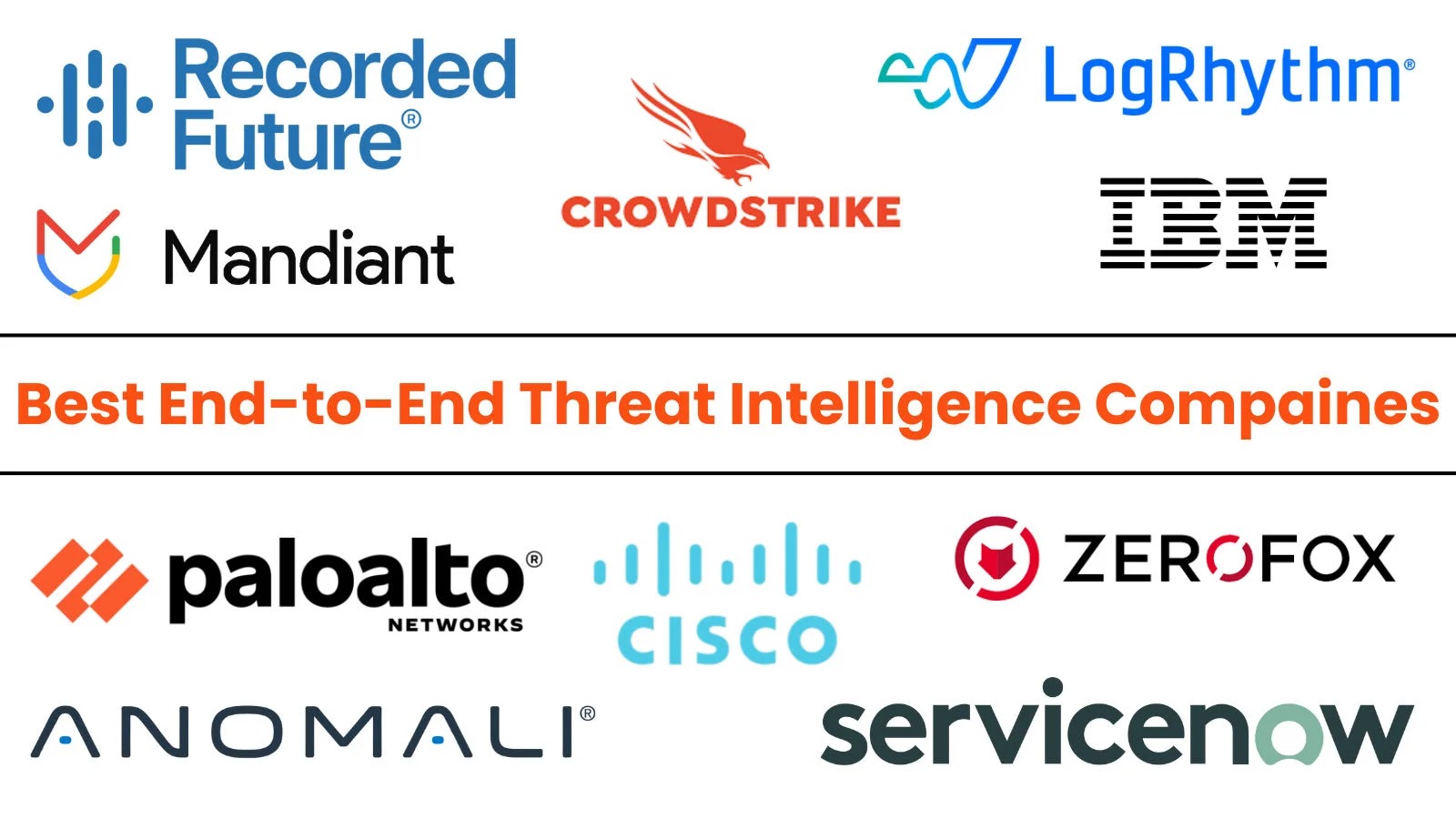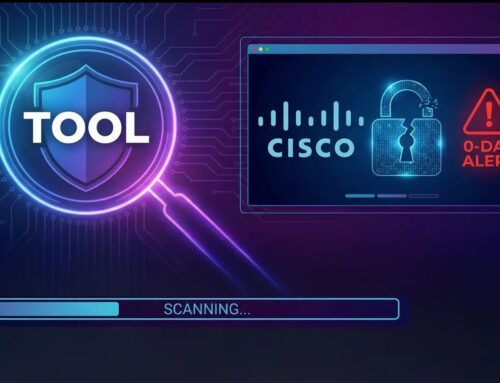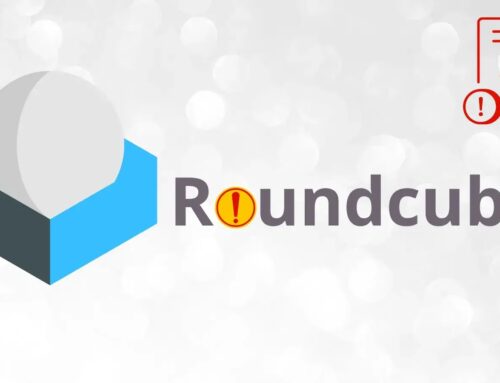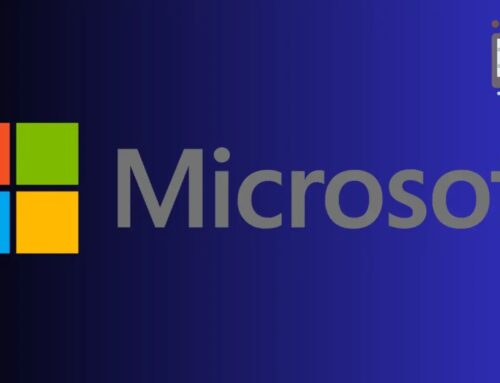
Top 10 Best End-to-End Threat Intelligence Compaines in 2025
The digital threat landscape is a battleground, constantly evolving with sophisticated cyberattacks becoming more frequent and damaging. Organizations, from nascent startups to multinational corporations and government entities, face unprecedented challenges in safeguarding their critical assets. Traditional security measures often fall short against advanced persistent threats (APTs) and zero-day exploits. This is where robust, end-to-end threat intelligence platforms prove indispensable, offering proactive defenses, real-time insights, and automated responses.
Deploying a comprehensive threat intelligence solution is no longer a luxury but a fundamental necessity for maintaining a resilient cybersecurity posture. These platforms consolidate vast amounts of data from diverse sources, transforming raw information into actionable intelligence that empowers security teams to detect, understand, and mitigate threats before they cause significant harm. For CISOs, security analysts, and IT professionals, understanding the leading providers in this critical domain is paramount. While a definitive “top 10” for 2025 will fluidly adapt to market innovations, we can project the contenders based on their current strengths, technological advancements, and commitment to comprehensive threat intelligence.
What is End-to-End Threat Intelligence?
End-to-end threat intelligence encompasses the entire lifecycle of cyber threat information, from collection and processing to analysis, dissemination, and ultimately, proactive defense. It’s not merely about receiving alerts; it’s about understanding the “who, what, when, where, why, and how” of cyber threats. This holistic approach integrates various security tools and data sources, providing a unified view of the threat landscape.
- Data Collection: Gathering intelligence from open-source intelligence (OSINT), dark web monitoring, human intelligence (HUMINT), technical intelligence (TECHINT), and proprietary research.
- Data Processing: Normalizing, de-duplicating, and enriching raw threat data.
- Analysis: Applying machine learning, artificial intelligence, and human expertise to identify patterns, TTPs (Tactics, Techniques, and Procedures), and adversary profiles.
- Dissemination: Delivering actionable intelligence to security operations centers (SOCs), incident response teams, and other relevant stakeholders through dashboards, APIs, and alerts.
- Automated Defense: Integrating with existing security infrastructure (SIEM, SOAR, EDR, firewalls) to enable automated blocking, quarantining, and remediation actions based on intelligence.
The goal is to shift security from a reactive stance to a proactive one, enabling organizations to anticipate attacks, strengthen defenses, and respond with unparalleled speed and precision.
Key Features of Leading Threat Intelligence Platforms
The premier end-to-end threat intelligence companies distinguish themselves through a robust suite of features designed to offer comprehensive protection. These capabilities are crucial for effective threat detection and response:
- Real-time Threat Feeds: Continuous updates on emerging threats, IOCs (Indicators of Compromise), and TTPs from various global sources.
- Automated Indicator Ingestion: Seamless integration with existing security tools to automatically consume and contextualize threat data.
- Contextual Enrichment: Providing rich context around threats, including adversary profiles, motives, and historical campaigns, which is critical for understanding incidents like those exploiting vulnerabilities such as CVE-2024-20253.
- Proactive Hunting Capabilities: Tools and frameworks that enable security analysts to actively search for threats within their networks.
- Vulnerability Management Integration: Correlating threat intelligence with an organization’s specific vulnerabilities to prioritize patching efforts. For instance, intelligence might highlight active exploitation of a vulnerability like CVE-2024-20253, prompting immediate action.
- Attribution and Profiling: Identifying threat actors, their motivations, and capabilities, offering deeper insight into potential attacks.
- Workflow Automation: Automating repetitive tasks and orchestrating responses, significantly reducing incident response times.
- Customizable Dashboards and Reporting: Tailored views and reports that cater to different stakeholders, from technical teams to executive leadership.
- API Integrations: Open APIs for seamless integration with a broad spectrum of security solutions and internal systems.
Projected Top End-to-End Threat Intelligence Companies in 2025
While the market is dynamic, several companies consistently demonstrate leadership and innovation in the end-to-end threat intelligence space. Based on their current offerings, market presence, and ongoing development, these are projected to be among the top contenders in 2025.
Please note: This list is based on existing market analysis and industry trends, and the landscape is subject to change. For a detailed reference, original insights can be found on Cyber Security News.
Below is an analysis of general characteristics and strengths that would place companies in such a top tier, without naming specific vendors mentioned in the source to focus on broader capabilities:
Advanced Threat Analytics & Platform Integration
Companies excelling here combine superior data collection with sophisticated AI and machine learning for threat analysis. Their platforms seamlessly integrate with diverse security ecosystems (SIEM, SOAR, EDR, firewalls), providing a unified operational picture. They often offer bespoke intelligence tailored to critical infrastructure or specific industry verticals, enabling targeted protection against threats relevant to those sectors.
Global Reach & Dark Web Monitoring Expertise
Leaders in this category boast an expansive global footprint for intelligence gathering, including deep dives into the dark web and underground forums. This allows them to detect nascent threats, campaigns, and stolen credentials early. Their analysis extends beyond technical indicators to include geopolitical events and their potential impact on cyber operations, offering a truly comprehensive view of adversary intent.
Automation & Orchestration Prowess
These companies stand out for their ability to not just detect threats but also empower automated responses across an organization’s security stack. Their platforms reduce manual effort, accelerate incident response, and enforce security policies consistently. They provide playbooks and customizable workflows that adapt to various threat scenarios, ensuring rapid and effective remediation without human intervention.
Vulnerability & Exposure Management Integration
Top-tier providers tightly integrate threat intelligence with an organization’s vulnerability management program. By correlating real-time threat data with an enterprise’s specific attack surface, they help prioritize patching and exposure reduction efforts. This includes intelligence on actively exploited CVEs, enabling rapid responses to critical vulnerabilities like CVE-2024-20254 before widespread damage can occur.
Strategic & Tactical Intelligence Capabilities
These platforms deliver both high-level strategic intelligence for executive decision-making and granular tactical intelligence for security operations. Strategic insights help guide long-term security investments and policy, while tactical data provides specific IOCs, TTPs, and detection rules for immediate implementation by security teams. They excel at transforming raw data into practical, actionable advice for all levels of an organization.
Threat Hunting & Adversary Profiling
Strong emphasis on threat hunting tools and techniques that enable proactive defense. These companies offer robust capabilities for profiling threat actors, understanding their motivations, and anticipating their next moves. This includes detailed reports on specific groups, their toolsets, and their historical targets, providing a significant edge in combating sophisticated adversaries.
Ease of Use & Scalability
While offering advanced features, these platforms maintain intuitive user interfaces and are designed for scalability. They can adapt to the needs of organizations of all sizes, from SMEs to large enterprises, without compromising performance or complexity. Their focus on user experience ensures that security teams can leverage the intelligence effectively, maximizing their operational efficiency.
Research & Innovation Prowess
Companies that consistently invest heavily in R&D, pushing the boundaries of threat intelligence with new analytic techniques, data sources, and predictive capabilities. They often publish leading research on emerging threats and contribute significantly to the wider cybersecurity community, cementing their reputation as thought leaders.
Managed Services & Expert Support
Beyond technology, these organizations often provide expert managed threat intelligence services. This means access to human analysts who can provide bespoke research, incident response support, and tailored intelligence briefings, augmenting an in-house security team’s capabilities. This can be crucial for interpreting complex alerts or understanding the implications of vulnerabilities like CVE-2024-20255.
Compliance & Data Privacy Focus
Understanding the criticality of data privacy and regulatory compliance, these firms build their platforms with these principles at their core. They offer features that help organizations meet various regulatory requirements (e.g., GDPR, CCPA, HIPAA) while still providing robust threat intelligence, ensuring that security enhancements do not come at the expense of compliance.
The Imperative of End-to-End Threat Intelligence
The sheer volume and sophistication of cyber threats mandate a shift from reactive security incident management to proactive threat intelligence. Choosing the right end-to-end threat intelligence platform is a strategic decision that directly impacts an organization’s ability to protect its digital assets, maintain operational continuity, and safeguard its reputation. As the digital domain continues to expand, so too will the need for advanced intelligence solutions that can foresee and neutralize threats before they materialize.
Investing in a leading end-to-end threat intelligence company ensures access to cutting-edge technology, comprehensive data, and actionable insights. This enables security teams to stay one step ahead of adversaries, fortifying defenses against both known and unknown threats. The future of cybersecurity rests squarely on the intelligent use of real-time, contextual, and actionable threat intelligence.





